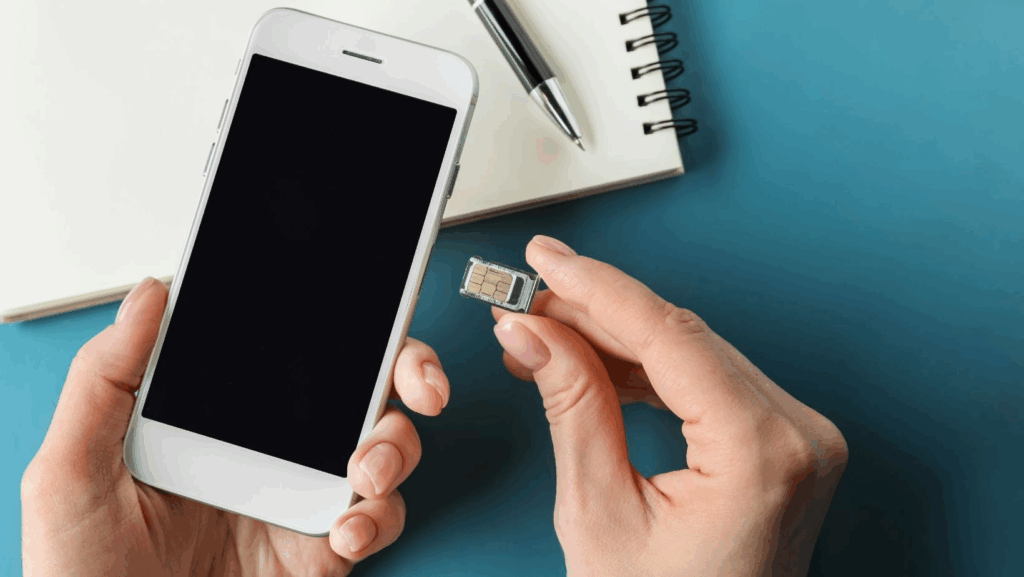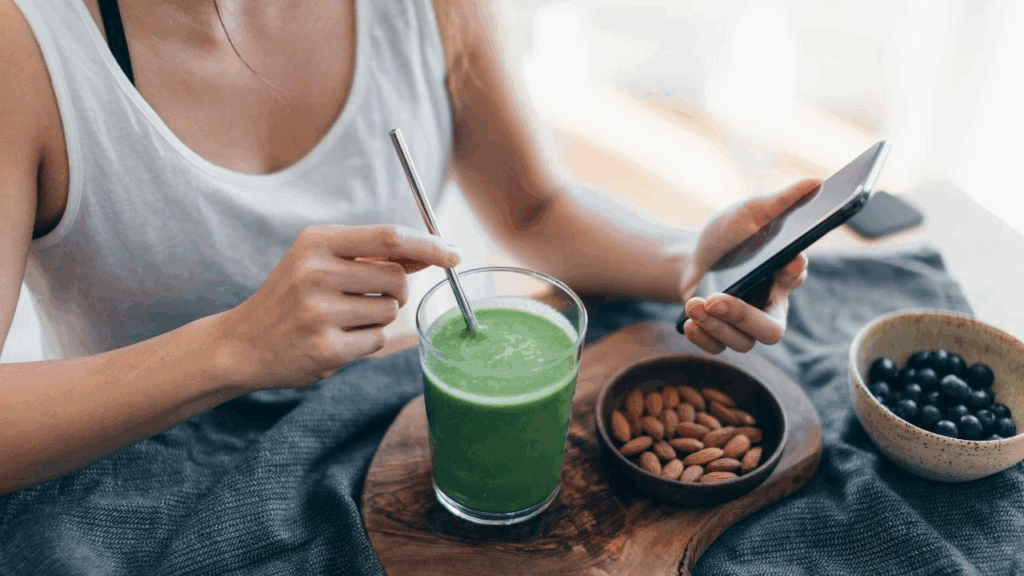Packing light in 2025 isn’t about deprivation; it’s about curating tools that stretch every mile, meal, and minute of a trip. A single carry-on can support a month on the road when you trade bulk for multipurpose gear, paper for pixels, and clutter for clarity. Entertainment fits the same logic: instead of stuffing headphones, books, and card decks, one phone holds podcasts, maps, photo editing, and—if that’s your thing— uk gambling sites for quick odds checks or a small flutter while you wait at a layover. Travel light, play smart, and focus on the experiences you actually came for.
A conscious lifestyle isn’t only a packing choice; it’s a budgeting and energy choice. Fewer objects mean fewer decisions, faster mornings, and more room for food tours, neighborhood walks, and conversations with locals. The goal: arrive with a cool head, leave with a full camera roll, and carry home memories rather than laundry.
The 7-item carry-on that covers a week (or more)
A modern minimalist kit is built on layers, fast drying fabrics, and the magic of neutral colors that mix in dozens of ways. The items below punch above their weight, handle changing weather, and keep you looking sharp in a cafe at noon or a wine bar at night.
- Breathable base layers (2–3 pieces): Merino or quick-dry tees/tanks resist odors and dry overnight after a sink wash.
- Versatile midlayer (1 piece): A light sweater or merino hoodie doubles as lounge wear and evening polish.
- Compact outer shell (1 piece): A packable wind/rain shell turns any outfit travel-ready and folds into its own pocket.
- Shoes (1 pair + optional sandals): One comfortable, neutral sneaker pairs with everything; add flat sandals or foldable loafers if your itinerary skews dressy.
- Microfiber towel (1): Hostels, beach days, and surprise swims—then it dries while you grab coffee.
- Universal charger kit (1): A multi-port USB-C charger and short 3-in-1 cable replace a bag of bricks; add a slim power bank for long trains.
- Tiny toiletry “capsule”: Solid shampoo/soap, refillable 30–50 ml bottles, a folding toothbrush, a few bandages, and prescription meds in original labels.
Takeaway: With just seven categories, you’re covered for workouts, city strolls, museums, and casual dinners. Quick sink washes and fabrics that dry fast are your laundry plan. The sweet spot is gear that earns daily use, not “just in case” pieces that hog space.
Bring vs. Go Digital: what actually earns its space in 2025
Many travel problems are solved by pixels, not plastic. The table below helps you decide what stays in the bag and what lives in the cloud or on your phone.
| Carry (physical) | Go digital / leave at home |
| Passport + a laminated card with emergency contacts | Boarding passes, hotel confirmations, insurance docs in a secure wallet app with offline copies |
| One debit + one credit card from different networks | Currency converters, budgeting apps, and limited local cash (ATM on arrival for rate fairness) |
| Compact 13″ laptop only if you truly work on the road | Cloud documents, a Bluetooth keyboard for phone/tablet, and offline file access for flights |
| Mini first-aid pouch: plasters, pain reliever, blister pads | Full medicine cabinet—pack micro, refill as needed |
| Sunglasses + collapsible tote | Extra daypack; many destinations sell $5 canvas totes if needed |
| Phone camera with computational photography | Heavy DSLR bodies and multiple lenses unless you’re shooting professionally |
| Tiny lock for hostel lockers | Bulky safes or travel “anti-theft” gimmicks |
Takeaway: Many “travel accessories” are just anxiety purchases. If an item doesn’t save time, protect health, or solve a common problem, it probably belongs on your phone—or not at all.
Travel light, spend smart
In 2025, friction shows up in fees and delays more than in missing shirts. Carry-on only means skipping baggage lines and lost-luggage drama. It shifts your budget from shipping clothes to tasting local dishes, museum passes, or a regional rail card. If you enjoy a quick sportsbook check while waiting for a train, set clear limits and time boxes, just as you would for coffee or dessert. Treat it like any other micro-purchase: fun when planned, forgettable when not. Your phone’s app limits and payment caps can help you keep that balance.
Dress code that multiplies outfits
Stick to a three-color palette you already love. City trips: black, gray, white. Beach towns: sand, navy, white. Nature: olive, tan, charcoal. This quiet palette lets you rotate pieces without looking like a repeat reel. Add one “personality accent” (a scarf, hat, or belt) that folds tiny and changes a look in seconds. If temperatures swing, a thin base layer under a shirt often beats packing a second jacket.
Laundry without the fuss
Three tricks make weekly washes painless: (1) quick-dry fabrics, (2) travel-size detergent sheets, and (3) a flat sink-stopper. Ten minutes in the sink at night, and clothes are dry by morning on a hotel hanger. For longer stays, most neighborhoods have drop-off laundries that charge by the kilo; time saved is worth the small fee.

Power and data that just work
Roaming shock is a 2010 problem. In 2025, eSIM marketplaces offer country or regional plans that you can install before landing; then toggle data as needed. A single compact charger handles your phone, watch, earbuds, and power bank from one outlet. Put a short cable in your jacket so trains and lounges never trap you near a wall.
Souvenirs without stuffing the bag
Think edible, wearable, or digital. A local spice mix, a small piece of jewelry, a postcard scanned to your cloud album, or a photo book you design after the trip—each keeps the story alive without hogging space. If something larger steals your heart, many shops ship home at fair rates; let logistics work for you instead of carrying a ceramic bowl through six airports.
Micro-habits that create macro memories
- Say “yes” to one local invitation—an amateur football match, a community cooking class, or a neighborhood market.
- Spend the first hour on foot after check-in. The streets around your room reveal cafes and corners no algorithm serves up.
- Keep mornings light: one task (a museum or hike) and one open window for serendipity.
Food, fitness, and sleep on the road
Multiple outfits won’t fix jet lag, but small routines will. Pack a flat water bottle, chewable electrolytes, and a resistance band; that’s your gym in a pocket. For sleep, a silk eye mask and foam earplugs do more for energy than an extra sweater. When you eat, choose the popular street stall over an empty tourist menu—turnover hints at freshness, and a line often leads to a new conversation.
Security without paranoia
Digital copies of key documents live in an encrypted notes app. Share your itinerary with a trusted contact. Wear your backpack in front in crowds. That’s it—no need for steel-mesh shirts. Confidence grows when your kit is simple, your valuables are consolidated, and your routines are boring.
The net result
Minimalism isn’t about bragging that you traveled with three socks. It’s about removing friction so you can say yes to a sunrise ferry, a last-minute concert, or a detour to a village winery. Your carry-on becomes a quiet backstage crew: small, reliable, and out of the way while you collect the moments you came for. Pack for the life you want to live each day, not for every hypothetical. That’s how “minimum of things — maximum of impressions” stops being a slogan and starts being your default way to move through 2025.

